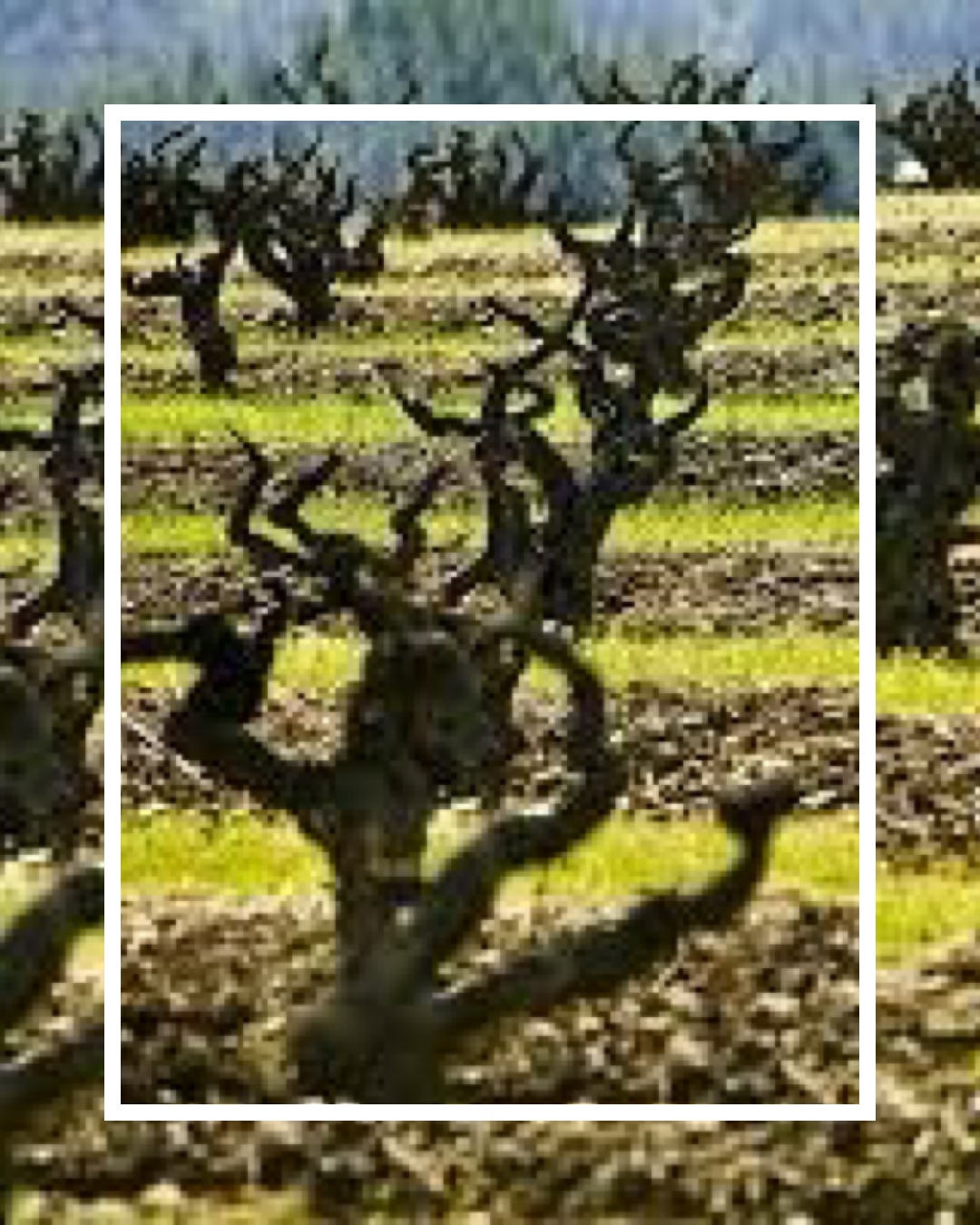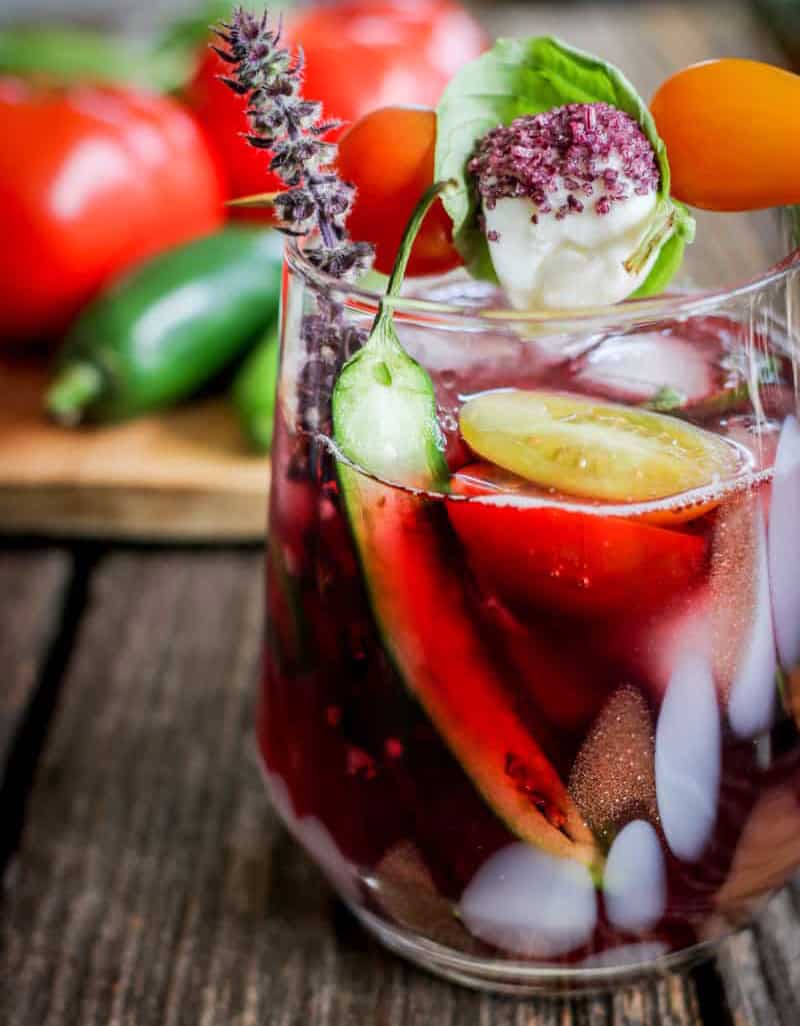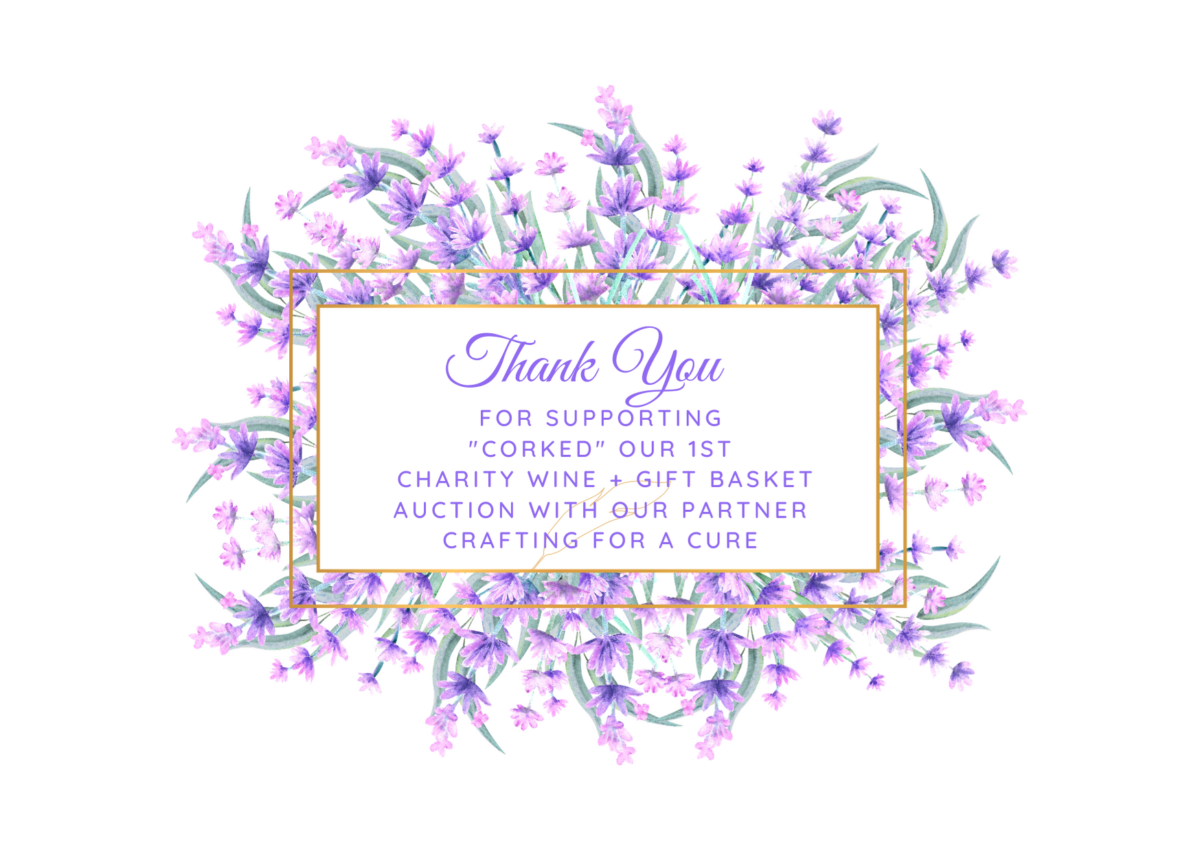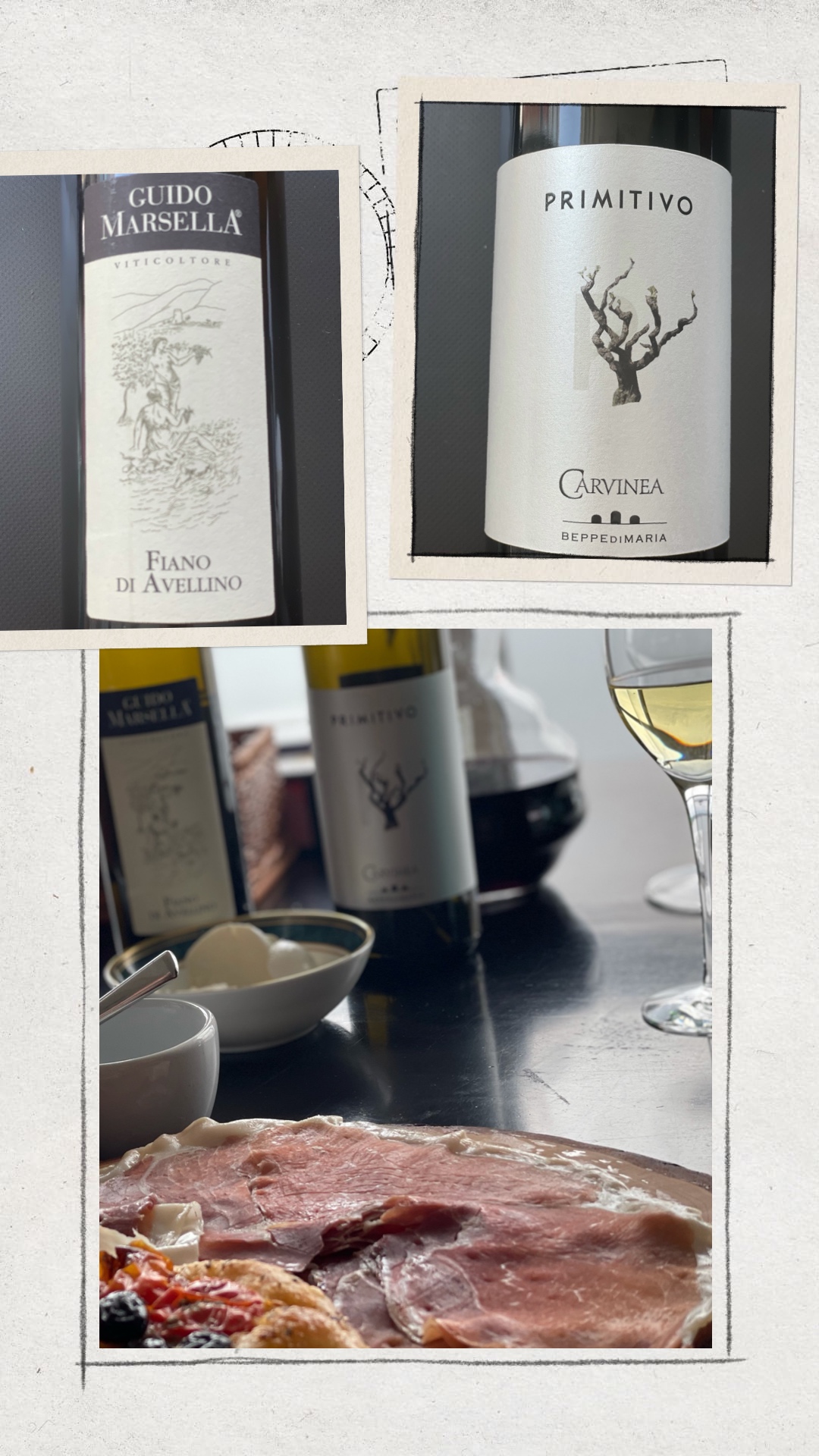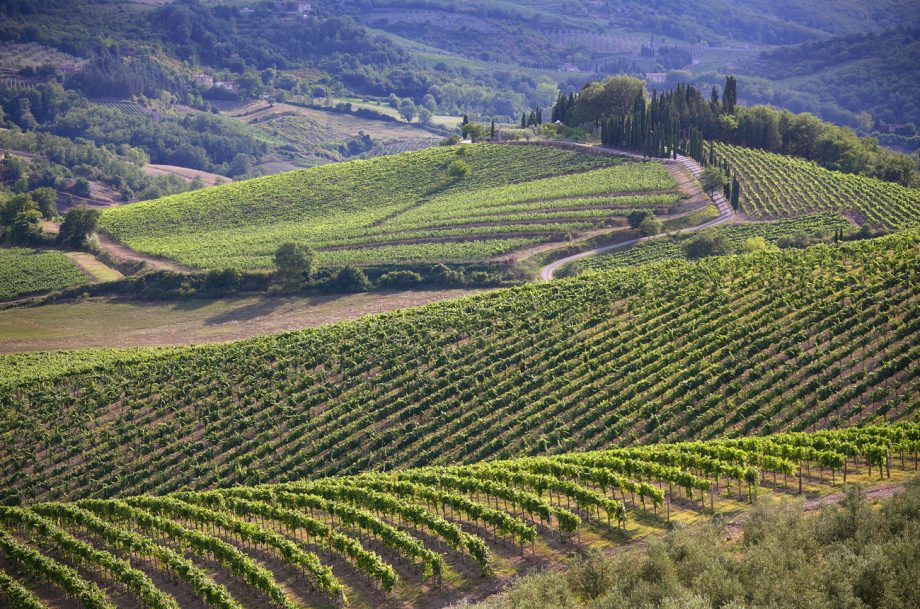The second Old Vine Conference is set to take place online June 30 to July 1, 2021, with a special focus on genetics and heritage.
The event is free to attend and includes global speakers from the world of wine, including Bolivia, Australia, Argentina and France.
The Old Vine Conference is a non-profit organization seeking to highlight the work of old vine pioneers, advocate the scientific and oenological case for old vines, help build old vine wines into a recognized category and slow the loss of important old-vine vineyards worldwide.
Speakers at this second event include Dr Dylan Grigg, old vine researcher and founder at Meristem Viticulture from Australia; Dr Laura Catena, Catena Zapata from Argentina; Brigitte Chevalier, owner and winemaker at Domaine de Cébène in France; Nayan Gowda, winemaker and consultant to Jardin Oculto in Bolivia; Jean-Philippe Roby from the Bordeaux Sciences Agro and Institute of Vine and Wine Scientific Institute of Bordeaux and Katie Jones from Domaine Jones.
The event will be hosted and moderated by Jane Anson, Sarah Abbott MW, and Tim Atkin MW and will focus on the work that producers and viticulturalists are doing to safeguard old vines around the world.
“We are delighted to have such an exciting lineup of speakers for our second virtual conference,” said Sarah Abbott MW.
“Since our first event in March, we have been contacted by passionate winemakers and old vines experts from around the world who want to engage with our initiative. This shows that there is a real need to harness this passion and turn it into real actions that can help secure the future of old vines around the world.
Registration: https://www.oldvines.org/
#wine #vin #vino #instawine #onlineevent #vines #oldvines #vineyard #winelovers #tradeevent #winejournalists #winenews

